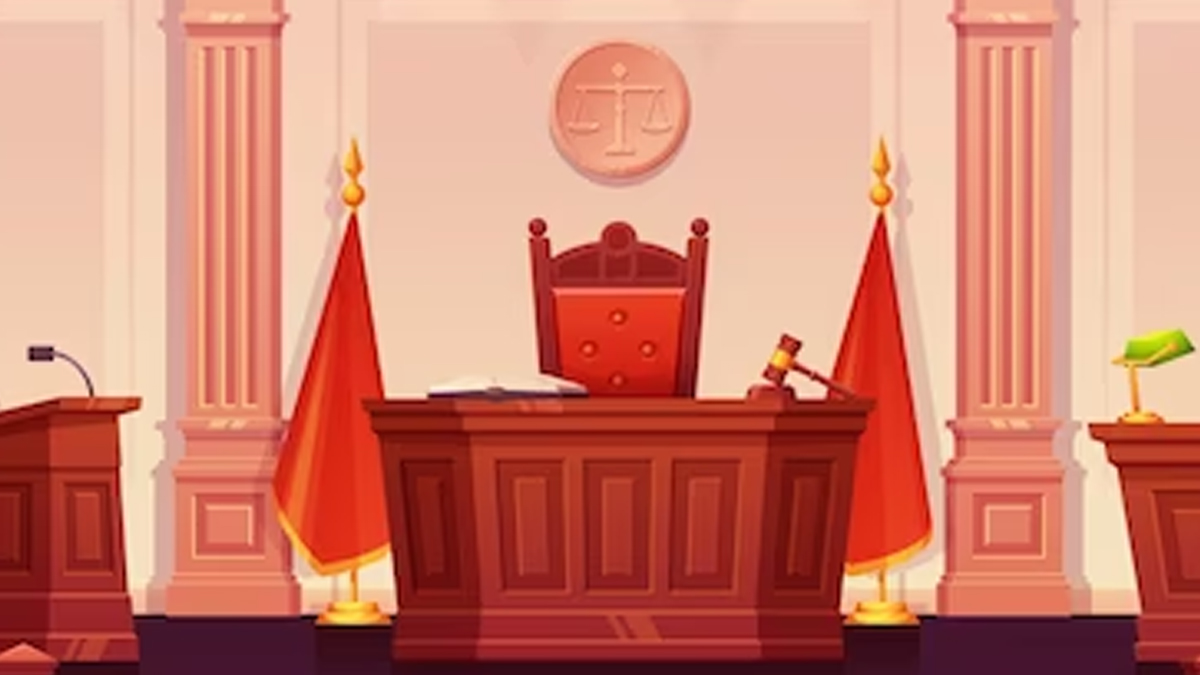Facts:
Shri Balirambhau Doye, the petitioner’s husband and forest owner, executed an unregistered document styled as a lease in favor of his wife, Shantabai. This lease afforded her the right to harvest various wood types from designated forests for a 12.5-year period in exchange for Rs. 26,000. The document permitted the petitioner to enter the estate and cut bamboo, teak, and fuel wood, with a condition against cutting teak plants below a height of one and a half feet.
In 1950, the Madhya Pradesh Abolition of Proprietary Rights Act was enacted, transferring all proprietary rights in the land to the state under Section 3. Subsequently, the petitioner was barred from further tree-cutting, leading to her claim for compensation for the period between 1951 and 1955. Despite initially relinquishing the claim with the understanding of continued forest work, the petitioner’s request to the Divisional Forest Officer for permission was denied. When she independently resumed tree cutting, the Forest Officer intervened, prompting her to petition the court under Article 32 of the Constitution, alleging infringement of fundamental rights (Art. 19(1)(f) and Art. 19(1)(g)).
Issues Involved:
The court addressed two key issues: whether the document conferred proprietary rights to the petitioner and whether her fundamental rights were violated.
Observation:
The court determined that the document granted a profit a prendre, constituting a benefit arising from the land and creating an interest in immovable property. It clarified that the document did not transfer the right to enjoy immovable property but authorized entry for the extraction of soil yield. The court emphasized that a substantial claim under Article 19(1)(f) or Article 31(1) required more than the right to enter and cut timber.
The court delved into the movable or immovable property classification, concluding that, under Section 3(26) of the General Clauses Act, 1977, it qualified as “immovable property” due to its connection to the land. Despite conflicting definitions in other statutes, the court asserted that the general definition should prevail.
Conclusion:
Distinguishing between timber trees and standing timber, the court established that the grant extended beyond standing timber, conferring the power to benefit from the soil. Ultimately, the court concluded that, as the unregistered lease deed related to rights over immovable property, the petitioner could not be granted any remedy.
